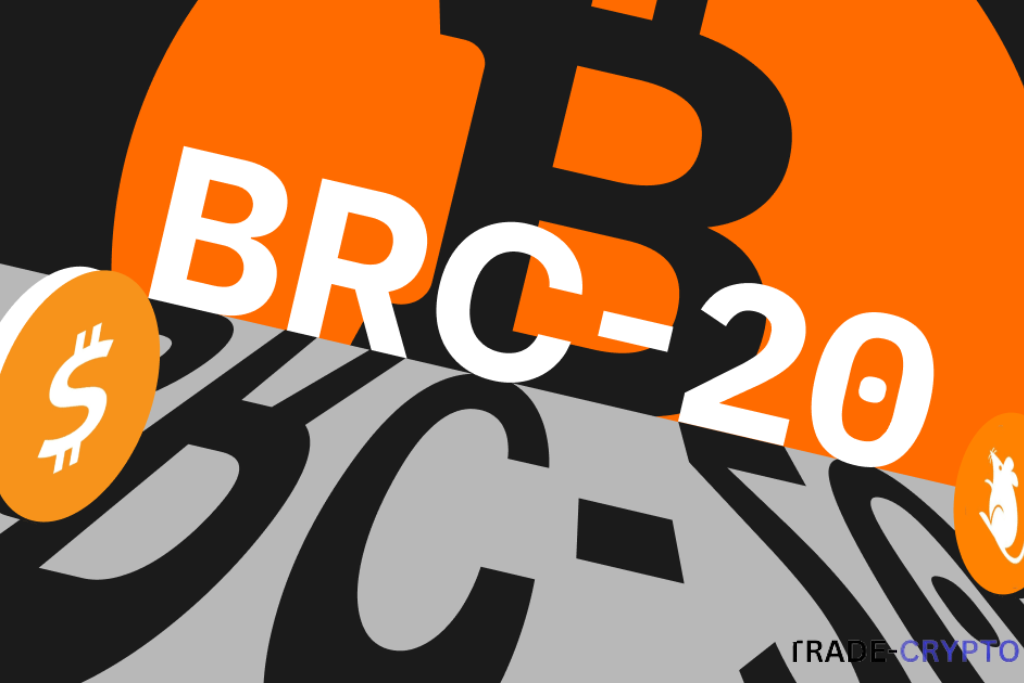Bitcoin Tokens BRC-2.0: A Smarter Evolution Than Runes
In a recent announcement, Best in Slot, the infrastructure company powering some of the most popular Bitcoin applications and wallets like Xverse and Liquidium, revealed that Bitcoin Tokens BRC-2.0 are getting an upgrade.
What is BRC-2.0?
Dubbed BRC-2.0, it’s expected to go live on the Bitcoin Testnet in Q1 of 2025. This will enable BRC-20s to use “smart contracts” and compete with Bitcoin sidechain designs.
In short, the “BRC20 Programmable Module” is designed to “unlock infinite new use cases for native assets on Bitcoin—including seamless DeFi, RWAs, DAOs, stablecoins, and more—without relying on multi-sig bridges or L2s.”
A New Hope for Bitcoin Tokens
After many years in the space, we can all agree that we’ve heard promises like this. However, metaprotocols have one distinguishable advantage: they are fully on-chain, rather than relying on entirely separate chains with new trust assumptions.
Metaprotocols may not be the best approach to decentralizing Bitcoin’s token economy, but they’re a start.
Challenges Runes Faced and the Opportunity for BRC-2.0
Runes suffered from overwhelmingly high expectations before their launch, and this is an opportunity for Bitcoin Tokens BRC-2.0 to make a comeback. Competition between different standards will ultimately bring more efficiency and reduce on-chain bloat—something we can all agree is desirable.
The Real Question for Bitcoiners
For regular Bitcoiners who use Bitcoin purely as a monetary network, the question remains:
Do we need to go through this again—on-chain congestion, useless pump-and-dump schemes, and skyrocketing fees?
- As Bitcoiners, supporting free markets means embracing additional fee-paying users. This ensures Bitcoin’s survival and keeps mining profitable, especially after the recent halving.
- The Pandora’s box is already open—tokens on Bitcoin are here to stay. If users desire programmability, who has the authority to stop it?
Why Bitcoin Tokens BRC-2.0 May Surpass Runes
1. Efficiency and Reduced On-Chain Bloat
The primary allure of Bitcoin Tokens BRC-2.0 lies in their promise to enhance efficiency. With smart contract functionality, they could handle complex operations directly on the Bitcoin blockchain. This would reduce the need for additional layers or sidechains, solving on-chain bloat—a problem Runes struggled with.
2. Improved User Experience
BRC-2.0 is designed to integrate seamlessly with existing Bitcoin infrastructure. Collaborations with entities like the Layer 1 Foundation aim to enhance user experience and interoperability. Unlike Runes, which faced adoption issues due to complex processes, BRC-2.0 offers user-friendly interfaces for token creation and interaction.
A Perspective on Bitcoin’s Evolution
My default position on anything new related to Bitcoin is caution. However, Bitcoin Tokens BRC-2.0 presents the prospect of more efficient DeFi use cases on Bitcoin—not on lesser chains.
Questions to Consider
- If tokens on Bitcoin are inevitable, what is worse?
- Metaprotocols using Bitcoin’s block space in exchange for fees, without changing the network’s rules?
- Or Bitcoiners bridging their Bitcoin to centralized chains for token markets?
As a Bitcoin Maxi, I support maximizing fees and users while maintaining Bitcoin’s core ethos.
TL;DR:
- Wait and see if Bitcoin Tokens BRC-2.0 truly offer secure programmability.
- Runes may become irrelevant with better UX in BRC-2.0.
- Miners benefit fromdegreen fees.
- Tokens on Bitcoin without altering the rules are preferable to those requiring new opcodes.
Grateful for the Gigabrain developers building Bitcoin applications instead of vaporware chains.
